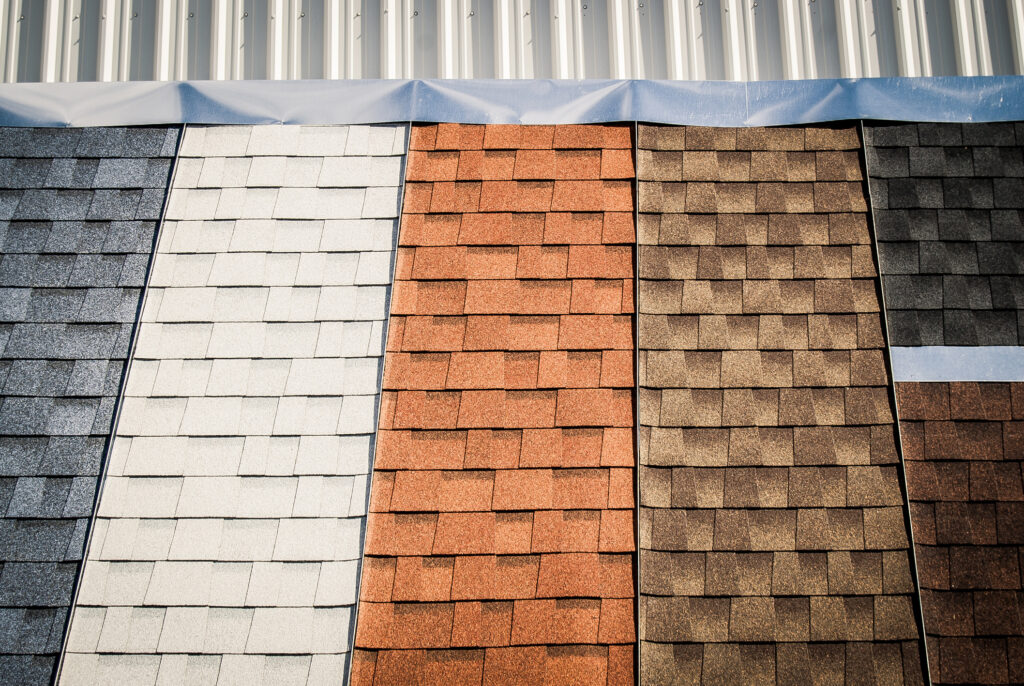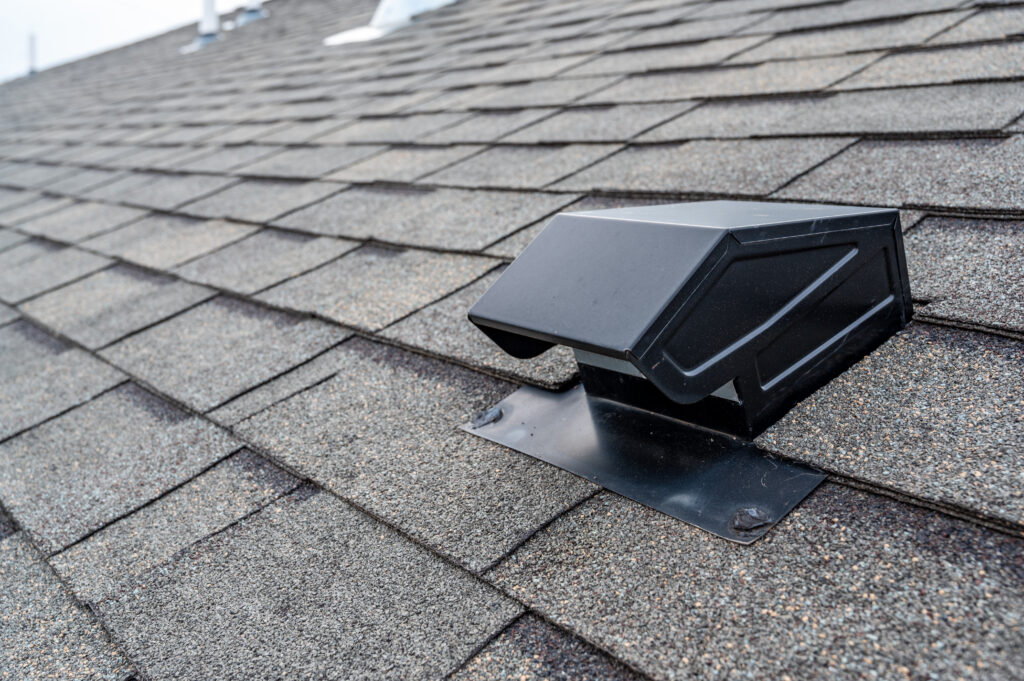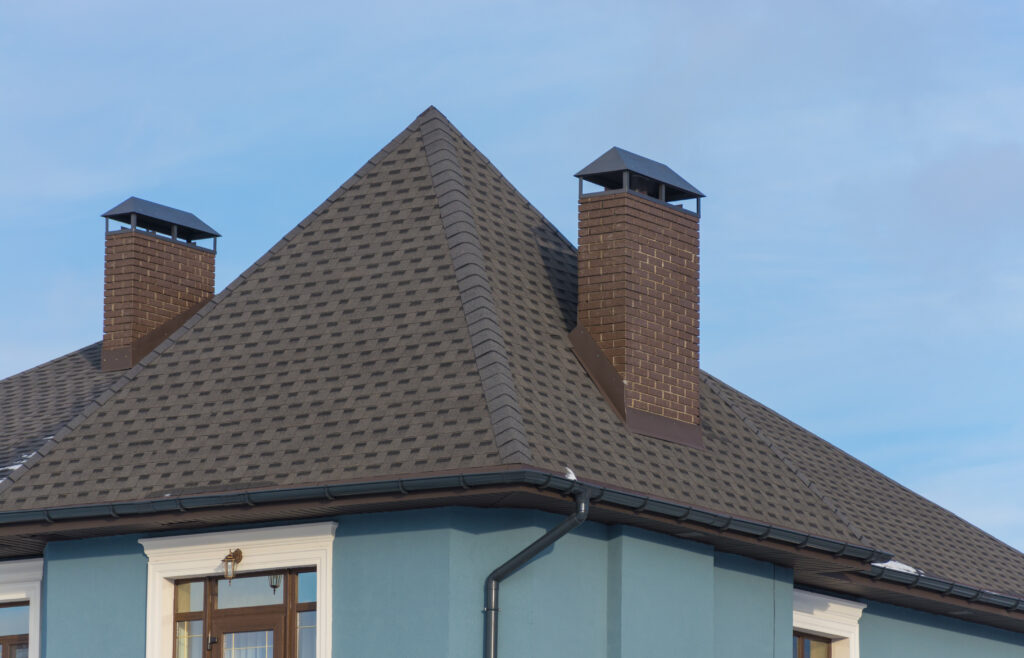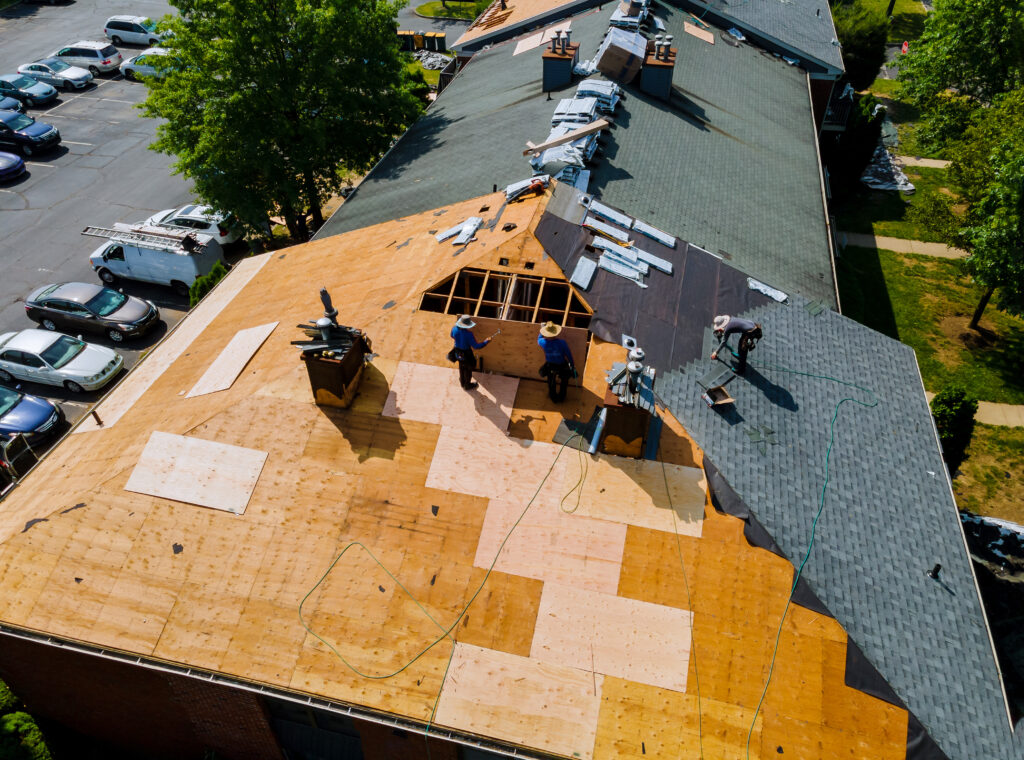As the weather starts to warm up, many homeowners begin to think about tackling home improvement projects, and one common project is roof replacement. Choosing the right roofing material can be a difficult decision, as there are many factors to consider. In this blog post, we’ll explore the different types of roofing materials available and help you determine the best choice for your spring roof replacement project.
Asphalt Shingles
Asphalt shingles are the most common roofing material used in the United States, and for good reason. They are affordable, easy to install, and available in a variety of colors and styles. Asphalt shingles typically last between 15 and 30 years, depending on the quality of the shingles and the climate in your area. They are also relatively low maintenance, requiring only occasional cleaning and inspections.
Metal Roofing
Metal roofing is becoming an increasingly popular choice for homeowners due to its durability, energy efficiency, and low maintenance requirements. Metal roofs can last up to 50 years or more, making them a long-term investment in your home’s value. They are also available in a variety of colors and styles, including traditional standing seam, corrugated, and shingle-style panels.
Wood Shakes and Shingles
Wood shakes and shingles provide a natural, rustic look that can add character to your home’s exterior. They are available in a variety of wood species, including cedar, redwood, and pine. Wood roofing materials typically last between 20 and 30 years with proper maintenance, but they can be more susceptible to fire damage and require more upkeep than other materials.
Synthetic Roofing Materials
Synthetic roofing materials, such as polymer, rubber, and composite roofing, are a newer option on the market that offer many of the benefits of traditional materials without the drawbacks. Synthetic materials can mimic the look of wood, slate, or tile, and are typically more durable and resistant to weather damage. They are also lightweight, making them a good choice for homes with weaker roof structures.
Factors to Consider When Choosing a Roofing Material
When deciding on the best roofing material for your spring roof replacement, there are several factors to consider:
Climate: Your local climate will play a large role in determining the best roofing material for your home. If you live in an area with harsh winters, for example, a durable, weather-resistant material like metal may be a better choice than wood shakes or shingles.
Cost: Roof replacement can be a significant expense, so it’s important to choose a material that fits within your budget. While asphalt shingles are the most affordable option, they may not be the best choice in the long run if they need to be replaced more frequently than other materials.
Maintenance Requirements: Different roofing materials require varying levels of maintenance. Wood shakes and shingles, for example, require regular cleaning and treatment to prevent rot and insect damage, while metal roofs require little upkeep beyond occasional cleaning.
Style: Your home’s architectural style and personal aesthetic preferences will also play a role in determining the best roofing material. For example, a modern home may look better with a sleek, metal roof, while a more traditional home may benefit from the warmth and texture of wood shakes or shingles.
Choosing the best roofing material for your spring roof replacement project requires careful consideration of several factors, including climate, cost, maintenance requirements, and style. Asphalt shingles, metal roofing, wood shakes and shingles, and synthetic materials are all viable options, and each has its own unique advantages and disadvantages. By weighing the pros and cons of each material and considering your individual needs and preferences, you can make an informed decision that will protect your home and enhance its curb appeal for years to come.




